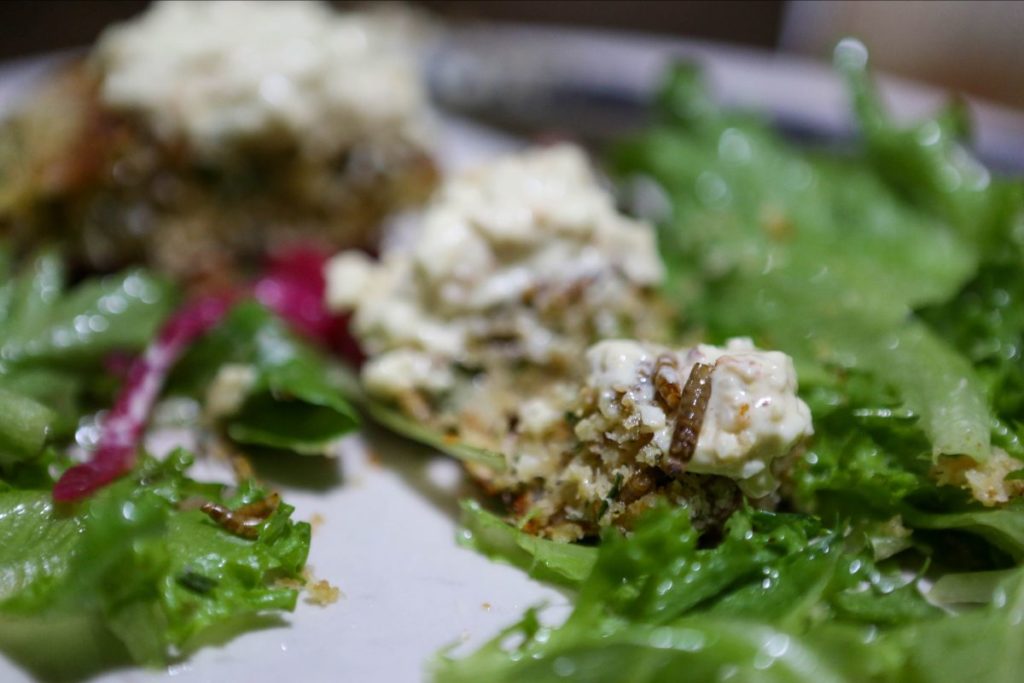What did you have for breakfast this morning? Cereal? Eggo waffles? Pan-fried scorpion? If consuming insects has never crossed your mind, then you’d be considered the minority. Western culture has long shunned the practice, but worldwide, insects are consumed with gusto. But we aren’t covering entomophagy for the sake of shock value; eating insects is not a way to entertain tourists or stir up controversy. For many, it is a way of life, and a fairly sustainable one at that.
Entomophagy is the practice of eating insects; and while it might seem taboo, there are many cultures around the world who eat insects as a sustainable source of protein and vitamins.
In fact, when it comes to eating insects, North America and Europe are the exceptions to the norm. But it might be time for us to get on board, because eating insects provides a lot of benefits; not only to the individual but potentially as a more sustainable protein source for society at large.
It’s news to no one that animal agriculture takes a toll on our planet, from land use to greenhouse gas emissions. Insect cultivation for human consumption, known adorably as “minilivestock” can cut back on the ecological and economic costs of rearing livestock.
For example, production of 150g of grasshopper meat requires very little water, while cattle requires 870 gallons to produce the same amount of beef.
There is also an option to utilize pest species as a source of food. In Mexico, the grasshopper species Sphenarium purpurascens is a major crop pest, but is harvested by farmers to be used as a food source (known as chapulines). Not only does the grasshopper harvest net an additional source of income for these farmers, but it reduces the pest population without the use of pesticides.
This practice was adopted by farmers in the United States in the mid- to late-1800’s as well. The Rocky Mountain locust, a grasshopper species that is now extinct thanks to intense eradication efforts, was said to not only consume crops, but leather horse harnesses, wool straight from the sheep’s back, wood, clothes; you name it. As the farmers of the time put it, they “ate everything but the mortgage.” Frustrated and starving, settlers began consuming the insects at the behest of entomologist Charles Valentine Riley, who claimed that, when buttered and fried, the locusts tasted “just like crawfish.”
If you’ve been involved with the Missoula Butterfly House and Insectarium for a while now, you’re probably familiar with our annual banquet, Bug Appetit; every year we team up with Burns Street Bistro to offer fine insect dining.


Last Friday marked the 6th annual Bug Appetit, and the first time we’ve been able to offer such a fun dining experience since the pandemic.
While the menu we present every year is more like fine dining with the addition of insects, many cultures around the world utilize insects as the base of the dish rather than a fun addition. If you want to explore the world of entomophagy for yourself, why not start with a tasty mealworm snack, and work your way up from there?
